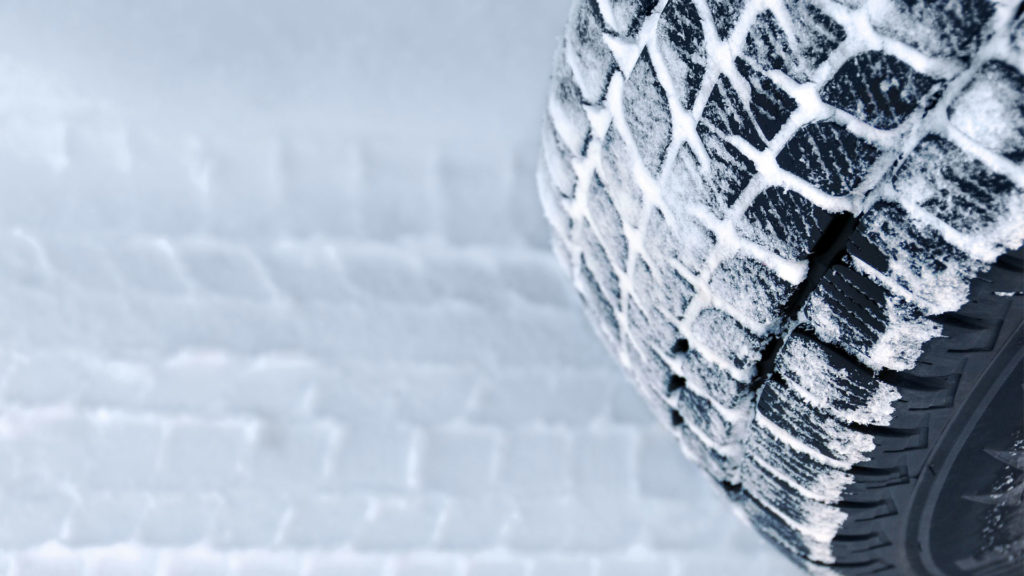As an Arizona-native, I didn’t have much experience driving on icy roads. The first time I drove during the winter, the laminate on the driver’s license was still warm. Not even a mile from my driveway, I braked while going down an especially icy hill and slide into a ditch. I was only going about five miles per hour, so the only thing hurt was my pride, but it took a couple hours to get my car out. This could have been avoided if I had known even the most basic tips for driving in the winter. Even winter-hardy South Dakotans should brush up on their winter driving skills every now-and-again!
Before Hitting the Open Road
Just in case you get stuck or in an accident, create an emergency kit with booster cables, blankets, snow shovel and scraper, flashlight, winter clothing, high-calorie food, strips of carpet for tractions, flares, piece of red or brightly colored cloth.
Before driving, make sure to clear all windows of snow and ice using an ice scraper. If you warm up your car for a few minutes before getting in, make sure to do it in an open area. Doing so in a garage or enclosed area could lead to carbon monoxide poisoning.
If you plan to drive long distances, make sure to watch weather reports. But even if driving short distances, it is still a good idea to glance at weather reports.
The National Safety Council has the following tips to make sure your vehicle is prepared for harsh South Dakota winter road conditions:
- Properly functioning windshield wipers
- Fully charged battery
- Antifreeze level full
- Windshield fluid reservoir filled
- Full or nearly full gas tank
- Properly working headlights, taillights, and brakelights
- Tires have adequate air pressure and tread depth
Driving Without Danger
On icy or wet roads, it is imperative to not use cruise control. Driving through snow, ice, slush, and rain can cause wheel-spin and loss of control, so drivers must react quickly to avoid an accident. The extra reaction time needed to disable cruise control are moments you don’t have when spinning out.
According to the website of the Insurance Corporation of British Columbia, “The only way to stop wheels from spinning and maintain control is to immediately reduce power. An activated cruise control system applies continuous power, keeping the wheels spinning. By the time you disengage the cruise control it may be too late – you may have already lost control.”
Accelerate and decelerate slowly to avoid slipping on ice. If you do spin out, do not break or accelerate. Instead, keep calm and try to steer yourself to a safe position.
About 1,000 people are killed and 75,000 people are injured in vehicle crashes on winter roads every year. It is dangerous driving on winter roads! Even if you are a fantastic winter driver, many of the drivers around you are not. Make sure to always use a seatbelt.
Always drive defensively in the winter. Some drivers might not be accustomed to driving in bad conditions so compensate for their mistakes, look both ways before going through intersections, and increase following distance.
Emergency Action
Don’t wander from the vehicle if you become stuck, as you will be more susceptible to hypothermia and rescuers will have a more difficult time searching. Stay inside the car, avoid turning it on as this can cause carbon monoxide poisoning, and wait for help. If you plan on driving through rural areas, make sure to tell family and friends the route you will be going and when to expect you back.

